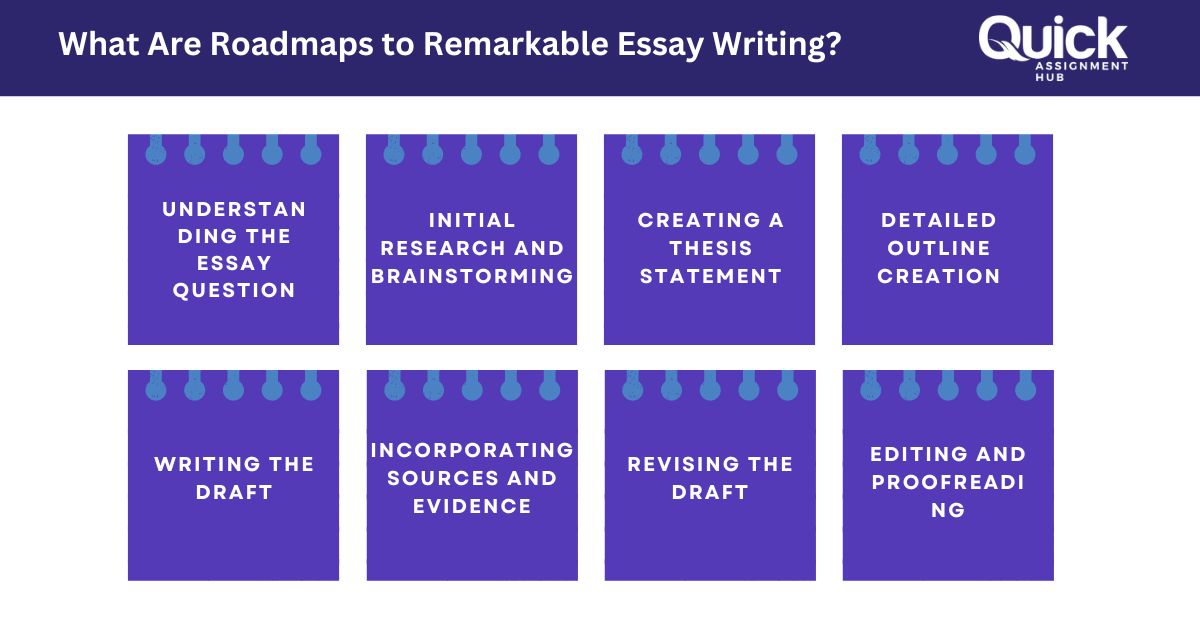How Grouting with Epoxy Grout Enhances the Longevity of Your Tiles

When it comes to tiling projects, the choice of grout can significantly impact the durability, appearance, and maintenance of your tiles. Grouting with epoxy grout has become increasingly popular among homeowners and professionals due to its superior strength, stain resistance, and long-lasting finish.
What is Epoxy Grout?
Epoxy grout is a two-part mixture consisting of epoxy resin and a hardener. Unlike traditional cement-based grouts, epoxy grout forms a non-porous, durable, and highly resistant surface. This makes it an excellent choice for areas exposed to moisture, stains, and heavy traffic. The unique properties of epoxy grout make it ideal for use in kitchens, bathrooms, swimming pools, and other high-humidity environments.
Benefits of Grouting with Epoxy Grout
- Superior Durability: Epoxy grout is known for its exceptional durability. It can withstand heavy traffic, making it perfect for both residential and commercial spaces. Its hard and robust nature ensures that it doesn’t crack or chip easily, even under pressure.
- Stain Resistance: One of the most significant advantages of epoxy grout is its resistance to stains. The non-porous nature prevents liquids, oils, and dirt from penetrating the grout lines, keeping them looking clean and new for longer.
- Waterproof Properties: Traditional cement-based grouts can absorb water, leading to mold and mildew growth. In contrast, epoxy grout is waterproof, making it an ideal choice for wet areas like bathrooms, kitchens, and swimming pools.
- Low Maintenance: Due to its stain-resistant and waterproof properties, epoxy grout requires minimal maintenance. A simple wipe-down with a damp cloth is usually sufficient to keep it clean.
- Color Consistency: Epoxy grout maintains its color over time, unlike cement-based grouts that can discolor due to staining or exposure to cleaning chemicals. This ensures that the grout lines remain consistent in appearance, contributing to the overall aesthetics of the tiled surface.
Understanding Tile Grout: Epoxy vs. Cement-Based Grout
While epoxy grout offers numerous benefits, it’s essential to understand the differences between epoxy and cement-based grouts to make an informed decision for your project.
- Composition: Cement-based grouts are made of a mixture of cement, water, and sand. They are available in both sanded and unsanded varieties, depending on the width of the grout joints. Epoxy grout, on the other hand, is made from a combination of epoxy resins and a hardener, making it more durable and resistant.
- Application: Applying epoxy grout requires more precision and care compared to cement-based grout. It has a shorter working time, and the cleanup process can be more challenging if not done promptly. However, the benefits of grouting with epoxy grout often outweigh the extra effort involved in the application process.
- Cost: Epoxy grout tends to be more expensive than cement-based grout. However, considering its durability, stain resistance, and low maintenance, it can be a cost-effective choice in the long run, especially in areas prone to heavy use or moisture.
- Appearance: Both types of grouts are available in a wide range of colors. However, epoxy grout tends to have a more vibrant and consistent color, which doesn’t fade over time.
Steps for Grouting with Epoxy Grout
To achieve the best results when grouting with epoxy grout, it’s crucial to follow the proper steps and use the right tools. Here’s a step-by-step guide to help you through the process:
- Preparation: Before starting, ensure that the tiles are clean and free of any dust or debris. The surface should be dry, as moisture can affect the adhesion and curing of the epoxy grout.
- Mixing: Epoxy grout comes in two components: the resin and the hardener. Mix these components according to the manufacturer’s instructions. It’s essential to mix the components thoroughly to ensure even curing.
- Application: Using a rubber grout float, apply the epoxy grout to the tiles, ensuring the grout fills the joints. Work in small sections to avoid the grout setting before you have a chance to clean the excess.
- Cleaning Excess Grout: Once the grout is applied, immediately clean off the excess grout from the tile surface using a damp sponge. This step is crucial as epoxy grout hardens quickly, making it challenging to remove once set.
- Curing: Allow the grout to cure according to the manufacturer’s instructions. This typically involves a waiting period of 24 to 72 hours before the area can be used.
- Final Cleanup: After the grout has cured, do a final cleanup to remove any haze or residue from the tile surface. Use a specialized grout haze remover if necessary.
Tips for Working with Epoxy Grout
- Work in Small Sections: Due to its quick setting time, it’s advisable to work in small sections when applying epoxy grout. This allows you to clean up excess grout before it hardens.
- Use the Right Tools: Investing in high-quality tools, such as a rubber grout float and epoxy grout sponge, can make the application process smoother and more efficient.
- Follow Manufacturer’s Instructions: Always follow the manufacturer’s guidelines for mixing, applying, and curing the grout. This ensures the best results and prevents potential issues.
- Protect Yourself: Wear gloves and protective eyewear when working with epoxy grout, as the chemicals can be harsh on the skin and eyes.
- Test in a Small Area: Before grouting an entire surface, test the epoxy grout in a small, inconspicuous area to ensure it doesn’t adversely affect the tiles.
The Advantages of Choosing Epoxy Grout for Your Project
Choosing the right grout is a crucial aspect of any tiling project. Grouting with epoxy grout offers numerous benefits, including durability, stain resistance, and waterproof properties, making it an excellent choice for various applications. Whether you’re working on a kitchen backsplash, bathroom floor, or outdoor patio, epoxy grout can provide a long-lasting and aesthetically pleasing finish.
By understanding the differences between tile grout types and following the proper application steps, you can achieve professional-quality results that enhance the appearance and longevity of your tiled surfaces. With its impressive properties and versatile applications, epoxy grout is a valuable investment for both residential and commercial projects.
In conclusion, when considering grout options for your next tiling project, the benefits of epoxy grout make it a standout choice. Its superior performance and low maintenance make it ideal for areas where durability and aesthetics are paramount. Whether you’re a homeowner or a professional contractor, using epoxy grout can ensure that your tiles look great and last for years to come.











